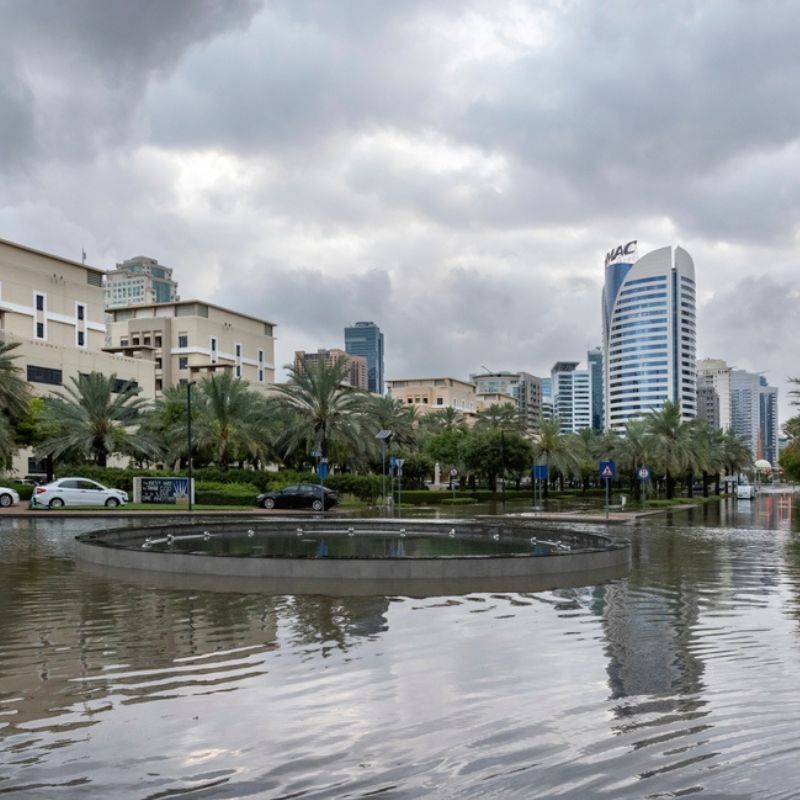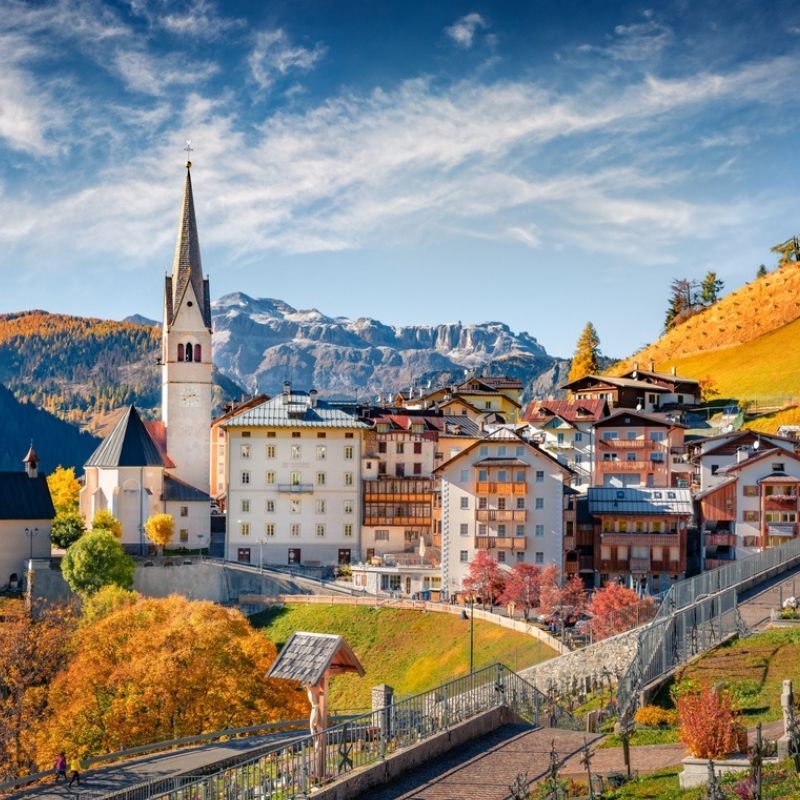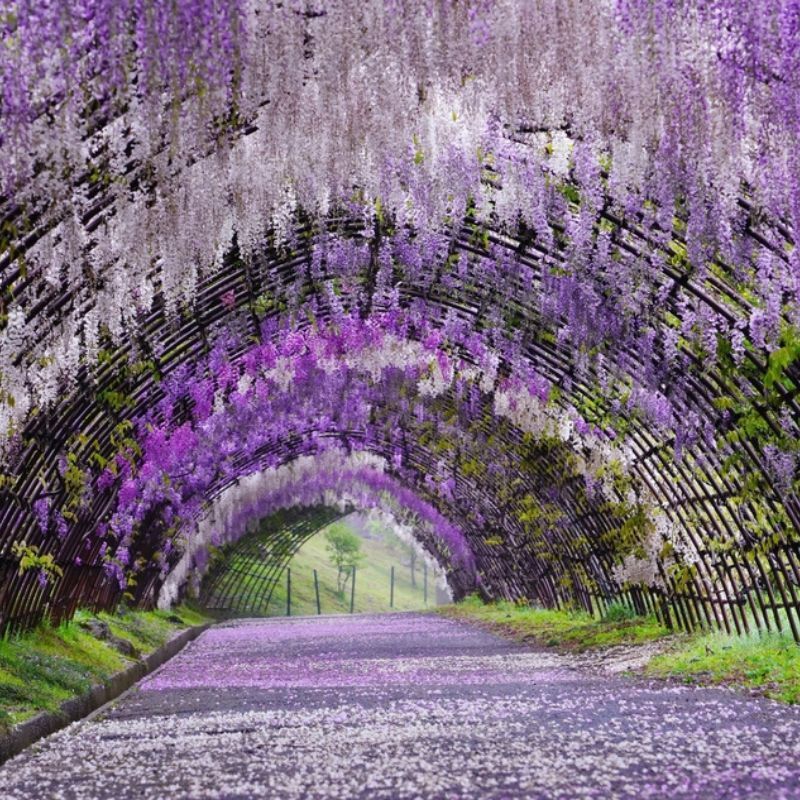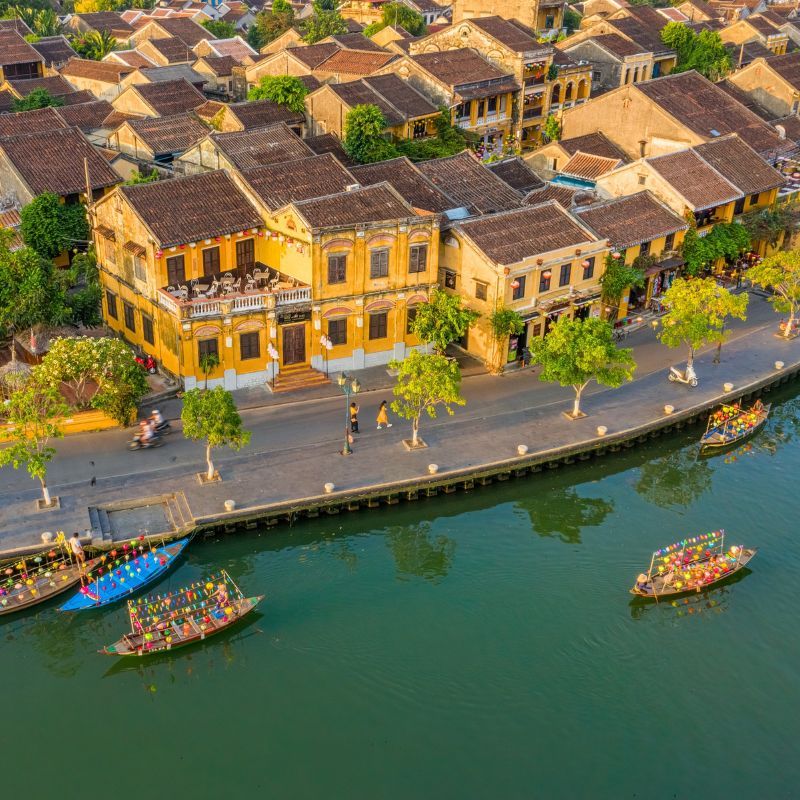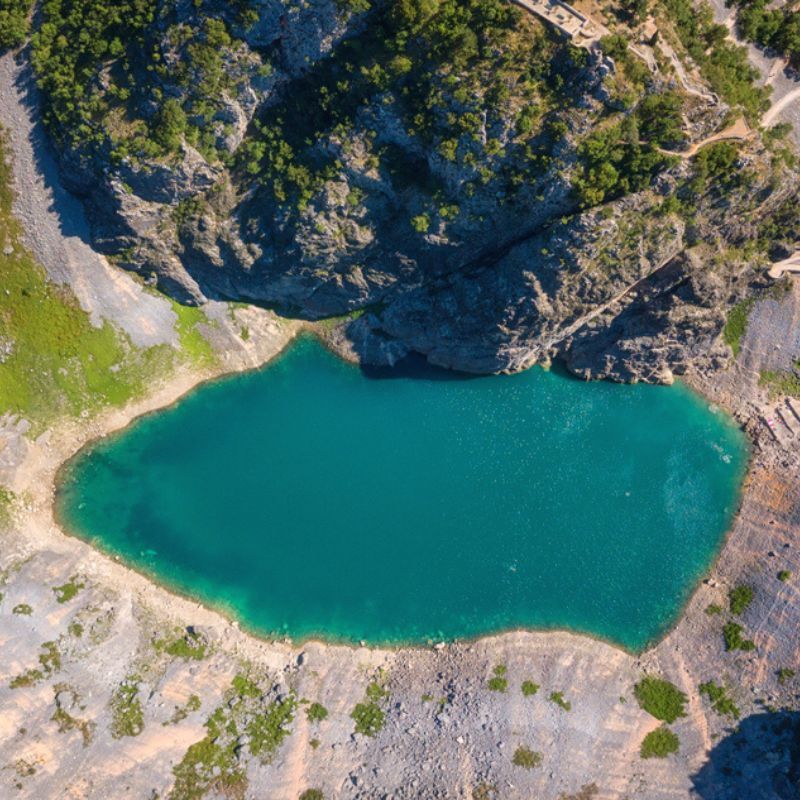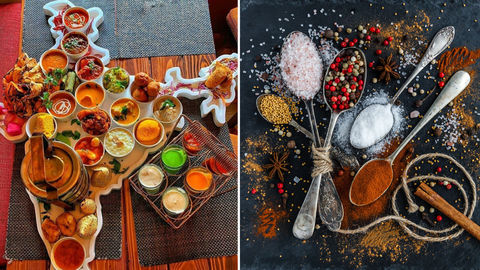
Indian thalis, or set meals, are as varied and diverse as the land and the people themselves. By Chef Abhinanda Bhattacharya

The Indian food theory says that our menus comprise six distinct flavours: sweet, salty, bitter, sour, astringent, and spicy. The thali beautifully captures this philosophy, irrespective of its place of origin. Every Indian state boasts its own prolific circular platter of bowls filled with goodness and culture. Here, the thalis reflect the souls of the people. You soak in the essence of grandmotherly tête-à-têtes as you navigate through the dishes. Each recipe has a story—try and capture the balance of flavours and understand the science behind it. And in doing so, you truly learn about India.
Bold Flavours Of The North

The earliest thali, a metal plate on which food is served, was found in the archaeological site of Mohenjo-Daro. This excavation site is in present day Pakistan, close to northern India. A front runner among north India’s culinary offerings, the Punjabi thali offers naan, chhole, a potato preparation, raita, papad, pickle, and for dessert, gulab jamun. The famous Himachali thali, on the other hand, contains babru (bread made from black gram dal), khatta (small lentil balls seasoned with spices), channa madra (another kind of chickpea curry cooked in yogurt), aloo palda (potatoes cooked in yogurt), chhachaa (raw mango pickle), and meetha bhaath. Whereas in Kashmir, the the multi-course wazwan is an artistic array with robust delicacies, such as kebab nadir shahi (lotus root combined with mango sheets), rajma risemise (red kidney beans in a subtle gravy), tabak maaz (tossed lamb ribs), gosht yakhani (a coriander flavoured mutton pulao), soured brinjal, Kashmiri dum aloo, Kashmiri pulao and raita. Rose- and pistachio-infused phirni, set in an earthen dish, seals the deal.
Taste it here: Punjabi by Nature is a popular restaurant chain across Delhi-NCR. Ask for naan and lather it with butter and minced garlic for a comforting experience. The state-run Himachal Bhawan in central Delhi offers an authentic experience. If you’re planning to visit for lunch, reach the venue well in advance to get a table. The Kashmiri wazwan is best enjoyed with a local family at their home.
Eastern Odyssey

The aalohir exaj or the Assamese thali is served on bell metal vessels. The experience begins with a dish called khar (prepared with dried banana skin) followed by generous doses of torkari (vegetable mix), maasor anja (fish curry), and mandxor jol (meat or chicken preparation). While bhaat (steamed rice) is the staple, rice-based dessert pitha is equally popular. In neighbouring West Bengal, locals eat their meals in courses, starting with bitter and ending with the sweet, as spicy, savoury and astringent flavours lace the mid courses.
Taste it here: In Guwahati, order pork or duck thali at Mising Kitchen for a no-frills experience. Oh! Calcutta is the most popular Bengali restaurant chain outside of West Bengal.
Secrets Of The West

If you head straight across the country, westwards through central India, you might land on low hand-painted seats with glittering platters of colourful food placed before you in dhabas. In Madhya Pradesh, Rajasthan, Gujarat or Maharashtra, the thalis reflect local culture, history, climate, as well as culinary habits of the past. In Rajasthan, the arid climate and a history of wars have influenced gourmet preparations. For instance, longer-lasting grains like millets and pulses constitute fabulous breads. Dal bati churma—deep-fried flour roundels served with dal and dollops of ghee—is an integral part of the thali. It is cooked using minimal water, reflecting the water scarcity in the region.
The Gujarati thali, on the other hand, features at least three fresh vegetable dishes, one dry dal or sprouted pulse, kadhi, puris and rotis, khichri, chaash, and papad. The Kathiyawadi variant of the thali is the spicier cousin with generous use of onion and garlic; it is generally served with tadela marcha or fried green chillies.

Onward to Maharashtra, you find the purogami (liberal thinking) Marathi culture reflected in the thali. The cuisine is slightly austere, subtle, and sophisticated. The thali contains salads, mild and spicy dishes, breads prepared with jowar (sorghum flour), bajra (pearl millet) and wheat, meats that are region specific, and sooji halwa. Thalipeet (a multigrain pancake) and aloo vadi are brilliant accompaniments, lending the meal an eclectic character.
Taste it here: In Jaipur, visit Chokhi Dhani and in Ahmedabad, Rajwadu for Rajasthani and Gujarati thalis, respectively. If you’re in Mumbai, check out Shree Thaker Bhojanalay for its Gujarati thali. In the summer months, the restaurant adds aam ras as part of the thali. For a Maharashtrian experience, try the nonvegetarian thali at Sadichha and the vegetarian variant at Aaswad in Mumbai.
Southern Rendezvous

As you travel south, the word ‘meal’ replaces ‘thali’. Each of the southern state boasts bold and classic cuisines, with very few overlapping dishes. The interiors of Karnataka offers a kaleidoscopic array of vangi baath (brinjal rice), chitranna (carrot pulao), kosambri (salad spiked with asafoetida), heerakai or tondekay palya (gourd curry), tarkari bele sambar (a lentil curry with drumstick and other vegetables), rasam, hagalakayi (dry bitter gourd), roti, raita, and payasam.
Kerala and Tamil Nadu offer exquisite meals served on banana leaves. Seafood and meat cooked with curry leaves and pepper accompany intrinsic curries, pickles, and sambar, with yogurt to help soothe the stomach before a ghee-soaked dessert. Ending with bobbatlu (a kind of sweet) and tapioca kheer, the Andhra thali is abundant with curries and dry sautés, garelu (a doughnut-shaped fried snack), charu rasam (a thin soup), annam (white rice), lemon rice, pappu (dal), gongura (a kind of leaf) pickle, a red stout fried chilli, and perugu (yogurt).

Taste it here: In Bengaluru, eat a north Kannadiga thali at Kamat Yatri Nivas; a Kerala thali at Karavali, Taj Gateway; and an Andhra thali at Bheema’s. In Chennai, Ponnusamy offers the largest Tamil thali named the ‘Bahubali thali’. In Hyderabad, Ulavacharu at Jubilee Hills is a must-stop to savour an authentic Andhra thali.
Related: 4 Lip-smacking Regional Cuisines Of India & Where To Try Them!


